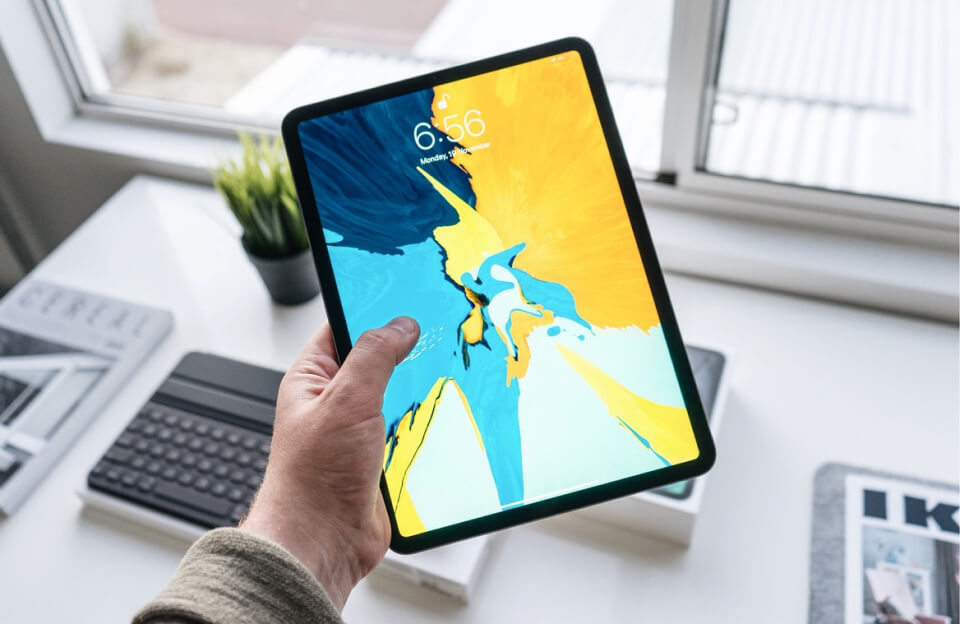🐶 Dogs Do Their Duty for Science: How Canines Are Advancing Research and Saving Lives
In the world of science, breakthroughs often come from the most unexpected collaborators. Among them, one partner stands out—not for their degrees or data—but for their noses, loyalty, and wagging tails.
Welcome to the front lines of research, where dogs are doing their duty for science—and making a real difference in human health, environmental safety, and even space exploration.
🔬 1. Canines in Medical Detection: The Nose That Knows
Keyword: dogs detecting cancer, medical detection dogs, scent-based diagnostics
Dogs have up to 300 million olfactory receptors (compared to 6 million in humans). That biological superpower is being used to:
- Detect early-stage cancers (lung, breast, colorectal) with over 90% accuracy in some studies
- Identify infections like COVID-19 from sweat samples
- Assist in managing chronic conditions like diabetes or epilepsy through real-time alerts
🧠 “The future of non-invasive diagnostics could very well begin with a bark.”
Scientific institutions like the University of Pennsylvania and Medical Detection Dogs UK are actively training and deploying dogs in clinical environments.
🧪 2. Dogs in Neuroscience and Psychology Research
Keyword: dog-human bond, animal-assisted therapy, canine cognition
Dogs aren’t just passive subjects—they are reshaping how we understand social behavior, cognition, and emotions:
- Studies on dog-human bonding reveal how oxytocin levels increase during interaction
- Therapy dogs are being studied for their ability to reduce cortisol in stressed patients
- Dogs with PTSD-like symptoms help scientists better model trauma responses in mammals
🐾 Dogs don’t just heal; they teach us how healing works.
🧭 3. Environmental and Forensic Science: Sniffing Out Trouble
Keyword: detection dogs, environmental monitoring dogs, conservation dogs
Dogs also serve in environmental research and forensic applications:
- Conservation dogs track endangered species or invasive plants via scent
- Cadaver dogs assist in locating human remains—even under water or after natural disasters
- Pollution-sniffing dogs help detect chemical leaks and toxins in industrial areas
These dogs expand the sensory reach of human researchers, enabling studies in terrains and conditions we cannot easily access.
🚀 4. Dogs in Space and Technology Research
Keyword: dogs in space, canine physiology, aerospace testing
The story of dogs in science is incomplete without acknowledging their legacy in space:
- Laika, the first animal to orbit Earth in 1957, paved the way for human spaceflight
- Today, canine physiological models are still used to test the effects of weightlessness, stress, and high-altitude adaptation
🛰️ They were the original astronauts—and still serve space science today, in simulations and comparative biology.
📈 5. Why Businesses and Innovators Should Pay Attention
For CEOs, investors, and tech leaders, this isn’t just a heartwarming story—it’s a strategic opportunity:
- Biotech & medtech startups are partnering with canine detection programs to develop hybrid diagnostic tools
- CSR initiatives that fund dog-assisted research earn strong public trust and brand goodwill
- Cross-disciplinary innovation (AI + canine training) is creating smarter scent-detection systems
💡 Dogs are not replacing tech—they’re enhancing it in ways machines still can’t match.


